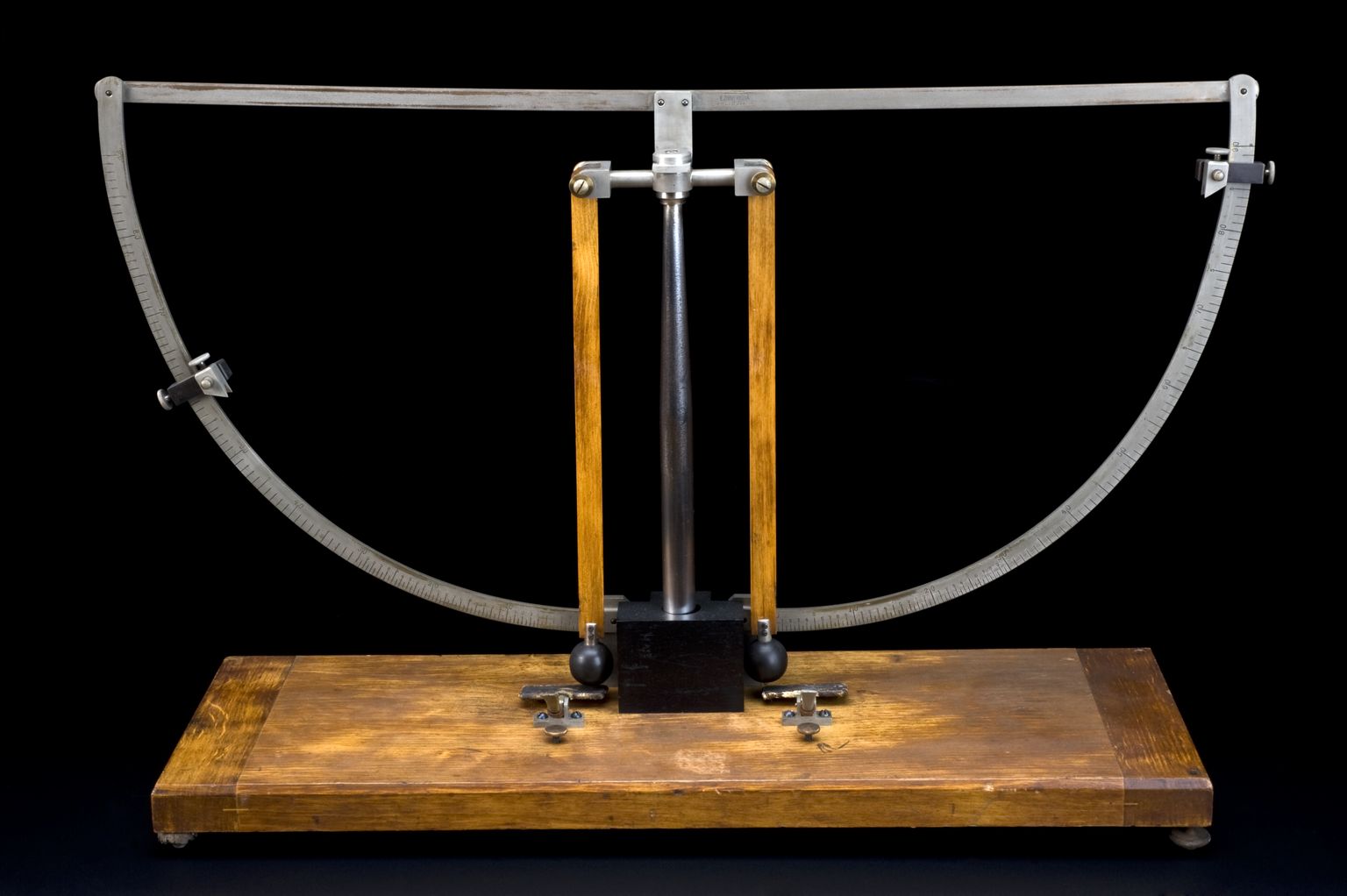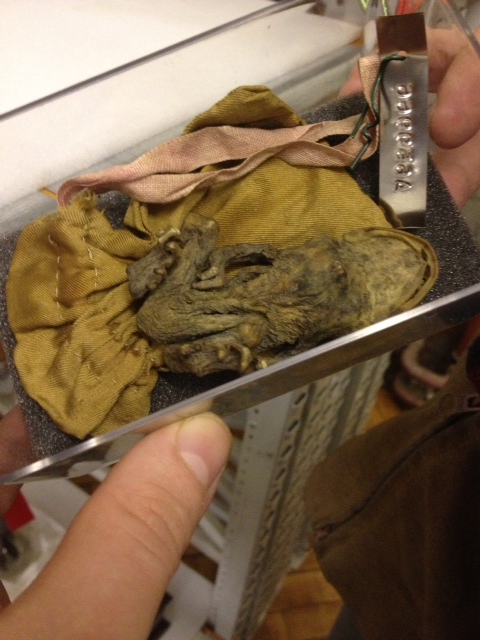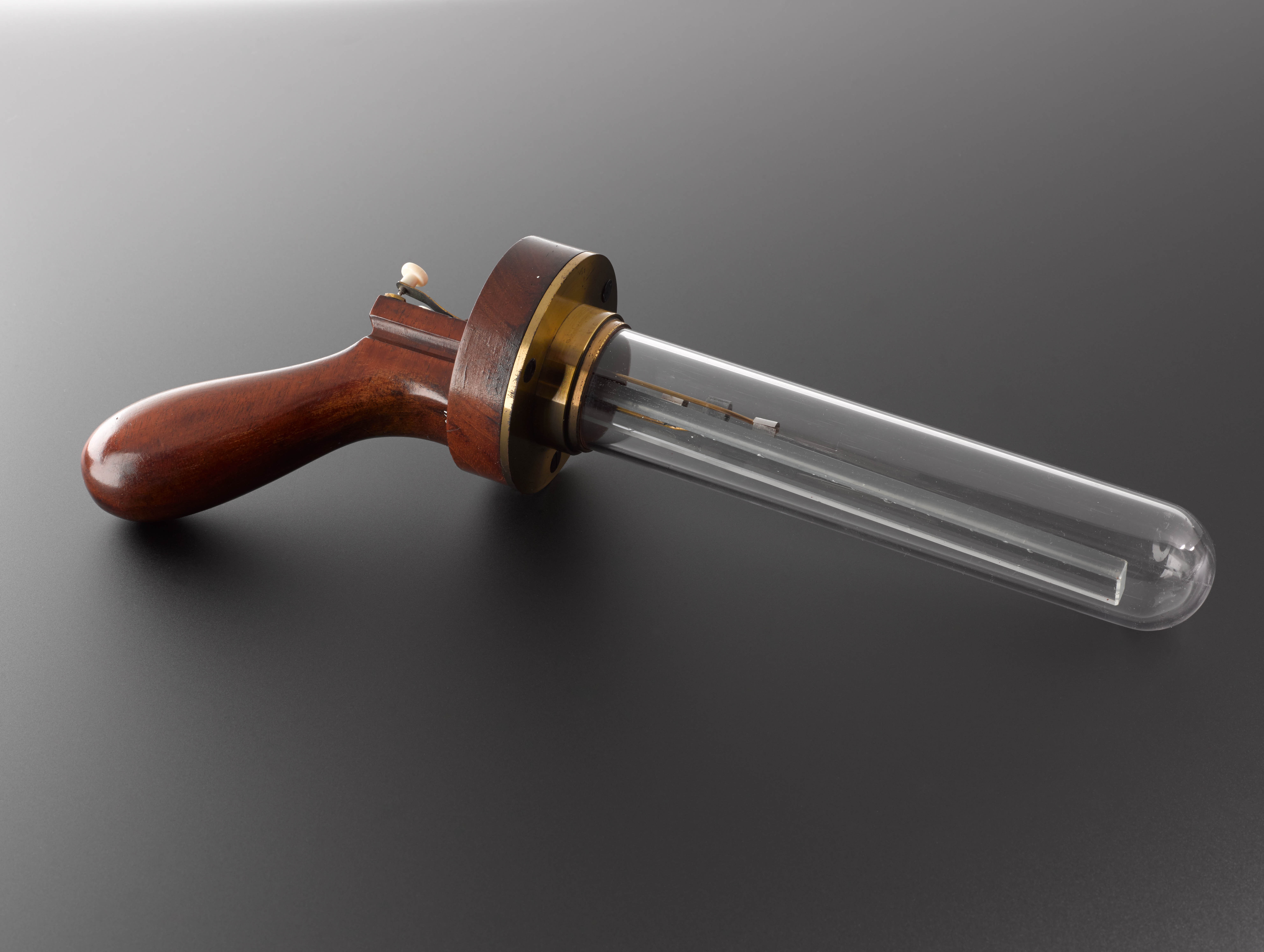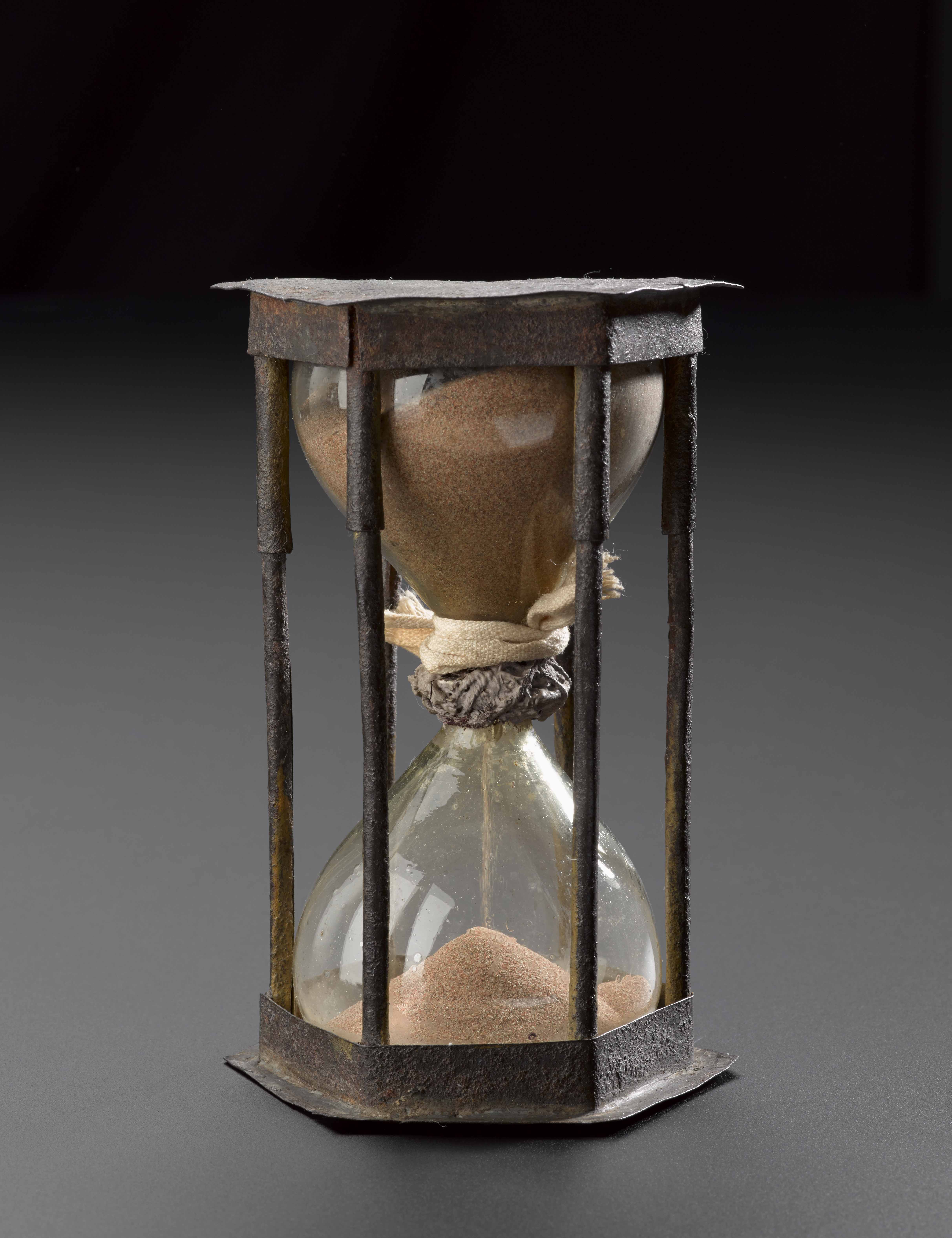Journalist and broadcaster Samira Ahmed goes behind the scenes of our Mind Maps: Stories from Psychology exhibition.
It looks like a kind of over-engineered Victorian executive toy: A semicircle of metal with carefully marked grooves and two long wooden arms with padded covers like two giant matchsticks. Curator Phil Loring and I are having a go at the Fechner sound pendulum that tried to measure the speed of thought, through timing the “just noticeable difference” heard in each arm hitting the base.

It’s incredibly complex to use and hard to see what useful data they would have obtained. But it is a fascinating example, like all of the exhibits in this new show, of the unique challenge of psychology through the ages and the huge efforts that have gone in over the centuries to quantify scientifically, physically, the hidden processes of our minds.
There’s a historical journey through human attempts to explain the mind’s makeup, searching for physical, not just mystical explanations. Medieval Europeans looked to the fluids of the body; the physical power of the four humours to explain character. You can imagine Chaucerian Englanders saying “He’s always really moody. That’s typical black bile, that is.” And it’s comparable to the strangely enduring hold in many cultures today of astrology.
The most dramatic displays are of the physical beauty of a 17th-century Italian nerve table. Here we see human nerve strands dissected, stretched out and varnished like an intricate bare-leafed tree as if in detangling the physical form, one might detangle the intricacy of psychology.
https://www.youtube.com/watch?v=C2Cv4uWrrI8
Going through the Science Museum’s storage vaults while making the introductory film (above) for this exhibition, I was struck by how rich the history of mind study is with physical objects. Particularly frogs. On show you’ll see anthropological curiosities like the amuletic dried frog in a silk bag from early 20th century south Devon (to cure fits).

And German scientist Emil du Bois-Reymond’s “frog pistol” in the 1860s. Frogs are certainly featured in the work of the 18th century Italian pioneer whose work forms the highlight of Mind Maps: equipment and sketches belonging to Luigi Galvani of Bologna – who gave his name to galvanism and has inspired everything Gothic and re-animated from Mary Shelley’s Frankenstein to Douglas Trumbull’s film Brainstorm.

Luigi Galvani and his wife, Lucia, a trained anatomist, got through a lot of dead frogs as they explored the relationship between nerve activity and electricity. In an interesting link back to the medieval humours, Galvani saw electricity as a fluid. And as with the Fechner thought-measuring pendulum, you can feel the frustration embodied in Galvani’s sandglass that could measure fractions of an hour, but not the fractions of a second needed for the speed of nerve movements in his experiments.

Freud, shellshock and modern psychiatric medicine are placed for the first time for me, in a scientific continuum: I see in this exhibition a tale within a tale – the story of human thinking stretching ambitiously beyond the technology of its time. The exhibition is the story of nothing less than the human quest to find the elusive quintessence of human existence: the soul and its torments.
Mind Maps: Stories from Psychology, a free exhibition exploring our understanding of the mind, opens on Dec 10 and runs until August 2014. The exhibition is supported by the British Psychological Society (BPS).
For more of Samira’s writing follow her via @samiraahmeduk or on samiraahmed.co.uk.